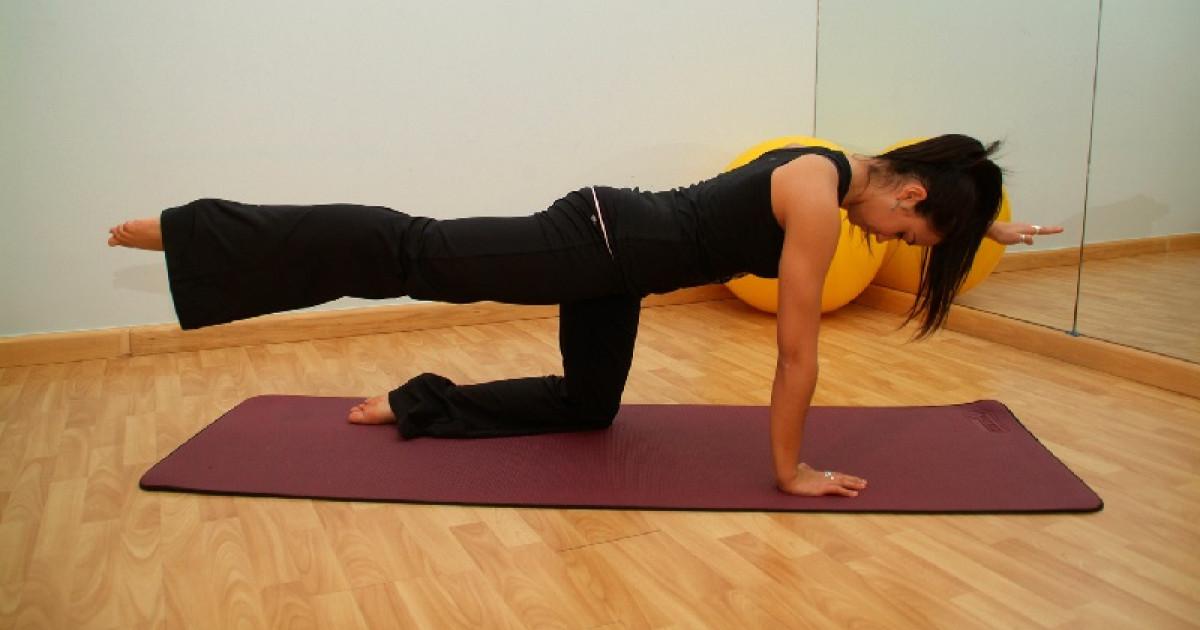The Feldenkrais Method: Awakening Body Awareness
Modern lifestyles often lead to sedentary habits, restricting bodies to repetitive movements and static postures. This physical monotony can diminish overall well-being and limit our natural movement capabilities. The Feldenkrais Method presents an innovative approach to reclaim and expand your body’s innate potential for versatile, efficient motion.
What is the Feldenkrais Method?
The Feldenkrais Method is a system of somatic education focused on learning or re-learning how your body functions through guided movement patterns and specific mental awareness. During sessions, an expert leads practitioners through gentle movements, encouraging focused attention on the sensations and mechanics involved. The core objective is to integrate these new movement patterns into the brain’s motor cortex, enabling their automatic and effortless execution in daily life.
Key goals of the Feldenkrais Method include:
- Improving posture and body alignment.
- Increasing range of motion and flexibility.
- Enhancing coordination and balance.
- Optimizing muscle efficiency, reducing unnecessary tension.
Ultimately, it aims to empower individuals to move with greater ease and adaptability in any situation, minimizing strain and physical effort.
How is it Practiced?
The Feldenkrais Method is typically offered in two primary formats:
Awareness Through Movement (ATM)
These are group classes where an instructor verbally guides participants through a sequence of gentle, structured movement explorations. Practitioners typically lie on a mat, though some movements may be done sitting or standing. The emphasis is on internal awareness, encouraging individuals to observe their own movement patterns and sensations without striving for a specific outcome or pushing through pain. The movements are designed to be easy, never forced, ensuring a comfortable and exploratory learning experience.
Functional Integration (FI)
This is a one-on-one session where the practitioner receives personalized guidance. The Feldenkrais instructor uses gentle, non-invasive touch and manipulation to communicate new movement possibilities to the student’s nervous system. These sessions are tailored to individual needs, addressing specific movement limitations or chronic tension patterns. The interaction often involves the student lying or sitting, fully clothed, as the practitioner facilitates new bodily organizations.
Both modalities integrate physical movement with focused attention, reflecting the method’s underlying philosophy that the mind and body are intrinsically linked. By consciously directing attention to movement, the brain can create new neural pathways, leading to more functional and comfortable ways of moving.
Scientific Perspective and Critiques
While the Feldenkrais Method addresses important aspects of physical well-being often overlooked in conventional fitness—such as flexibility, coordination, and movement efficiency—its scientific validation remains a topic of ongoing discussion. Proponents highlight its potential to improve body awareness and reduce pain, particularly for individuals with chronic conditions or neurological challenges.
Evidence and Research
Despite decades of practice, there is a lack of sufficient high-quality empirical evidence to conclusively support many of the Feldenkrais Method’s claimed benefits with robust scientific backing. Much of the reported progress is subjective, relying on individual perception of improved comfort, ease, or self-esteem, rather than externally measurable outcomes. This focus on subjective experience, combined with a theoretical framework that is not always aligned with mainstream scientific models, sometimes leads to its association with alternative or pseudoscientific practices.
Some smaller studies and anecdotal reports suggest potential benefits for specific populations, such as those with chronic pain, balance issues, or certain neurological conditions. However, larger, well-designed, independent clinical trials are necessary to establish the efficacy of the Feldenkrais Method definitively.
Potential Benefits and Future Outlook
It is important to note that the absence of extensive evidence does not necessarily mean the method is ineffective. The gentle, mindful nature of Feldenkrais exercises may offer benefits beyond quantifiable physical improvements, potentially contributing to stress reduction, enhanced body awareness, and overall well-being. Furthermore, the placebo effect itself can contribute significantly to a sense of improvement and satisfaction. As research in complementary and alternative medicine continues to evolve, further studies focusing on both objective and subjective outcomes may shed more light on the full range of benefits offered by the Feldenkrais Method.

